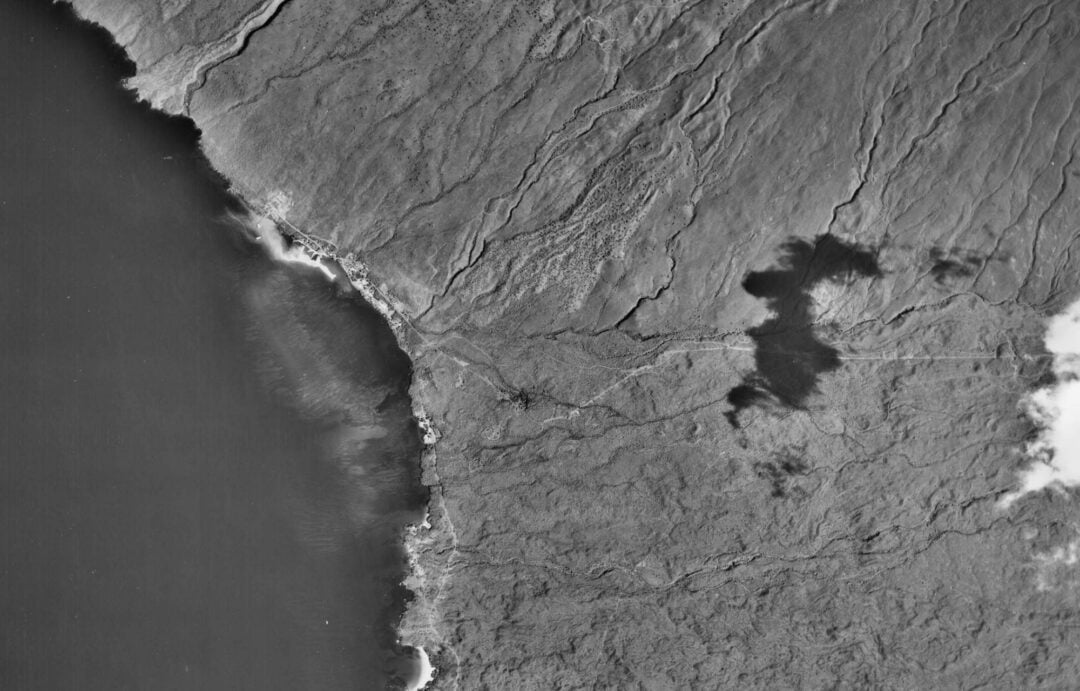
According to the article Coral Bleaching Disturbs Structure Of Fish Communities, Science Daily 11,3,2008,
After the corals die, turf algae and macroalgae rapidly invaded the space left free by the dead corals, leading to increased uniformity of the habitat. The mortality resulting from the bleaching particularly affects the reef-building corals. The calcareous constructions the latter build up serve as shelter and nursery for dozens of fish species. The huge decline of corals therefore affects those fish that depend closely on coral colonies, either as feeding grounds, like the polyp-eating butterflyfish, or to find protection, like the small-sized damselfish. When their numbers recede, these species are often replaced by herbivore fish (parrotfish, surgeonfish and so on) adapted to consuming certain algae proliferating on dead coral. Some, such as damselfish of the Stegastes genus, can then invade the coral reefs smothered in algae, as happened on several sites following the bleaching of 1998.
